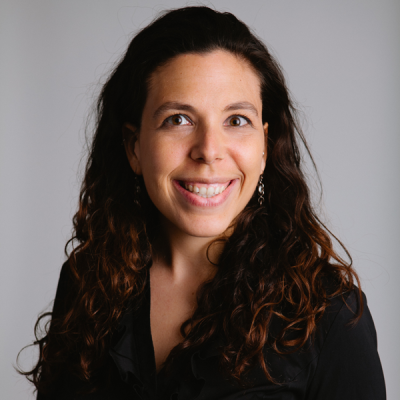This study of Teach For America (TFA) and Teaching Fellows secondary math teachers explores how their students compare to peers taking the same course, in the same school, from teachers who entered the profession through traditional certification programs (or other programs not as rigorous as TFA or Teaching Fellows). Conducted by Mathematica and the federal Institute of Education Sciences, the report is the first look at this question using random assignment, the gold standard for empirical research: Students in each participating school, 9,000 overall taught by 300 secondary math teachers, were randomly assigned to their instructors. The upshot? First, students who had TFA teachers performed better on end-of-year assessments than students in the comparison classrooms, scoring an average of 0.07 standard deviations higher, which is equivalent to 2.6 additional months of school or moving from the 27th to 36th percentile. Second, students who had Teaching Fellows teachers did not do any better or worse than students in comparison classrooms. However, students of novice Teaching Fellows did better than those instructed by novice comparison teachers. To be sure, these findings are not necessarily reflective of the programs alone. They also reflect differences in the people who choose to enter them. Finally, a bit on the characteristics of these teachers: Both TFA and Teaching Fellows have less experience than their peers, are less likely to be minorities, more likely to have graduated from more selective colleges, less likely to be math majors but more likely to score higher on tests of math content. However, only years of experience and, for high school, math content knowledge were associated with higher student achievement. These findings add to the glut of research indicating that traditional certification programs could benefit from greater selectivity, indeed from a radical overhaul.
SOURCE: Melissa A. Clark, et al., The Effectiveness of Secondary Math Teachers from Teach for America and the Teaching Fellows Programs (Washington, D.C.: Institute of Education Sciences, September 2013).
SOURCE: Melissa A. Clark, et al., The Effectiveness of Secondary Math Teachers from Teach for America and the Teaching Fellows Programs (Washington, D.C.: Institute of Education Sciences, September 2013).
Policy Priority:
Topics:

